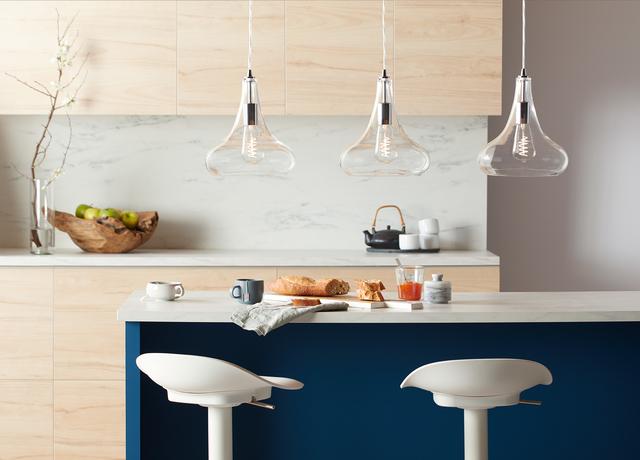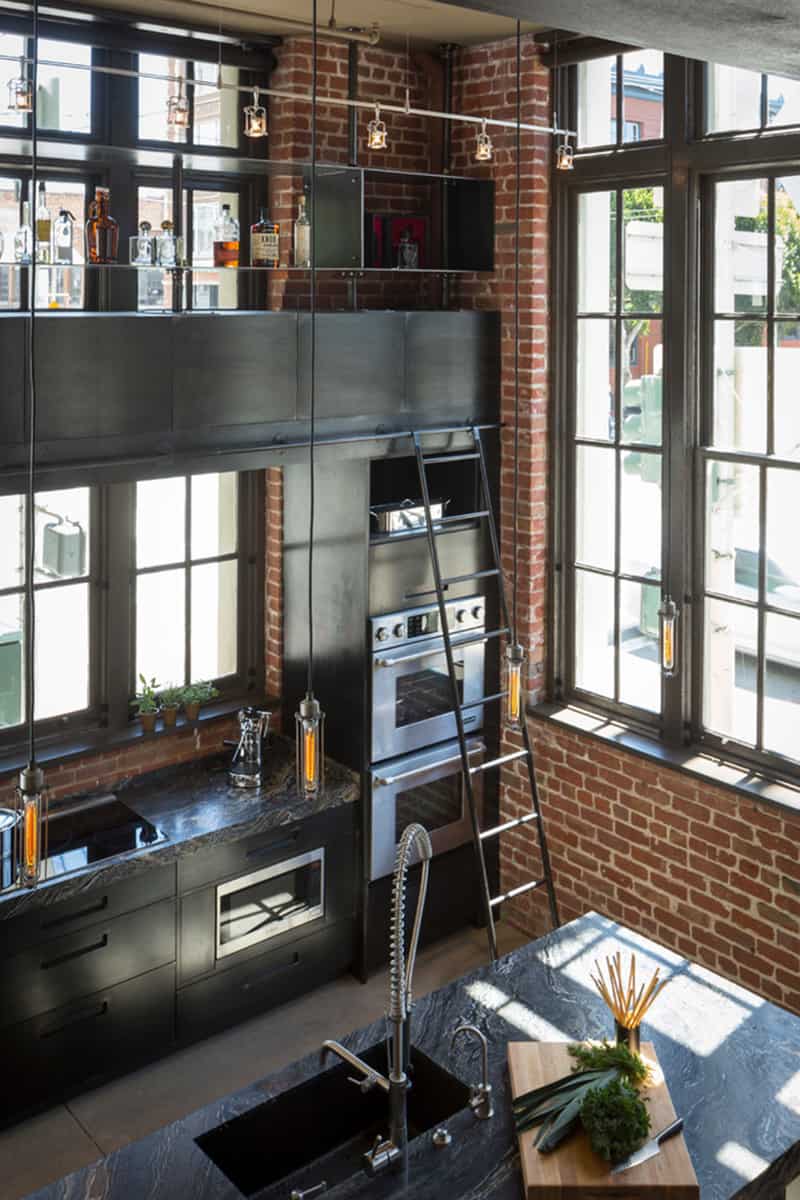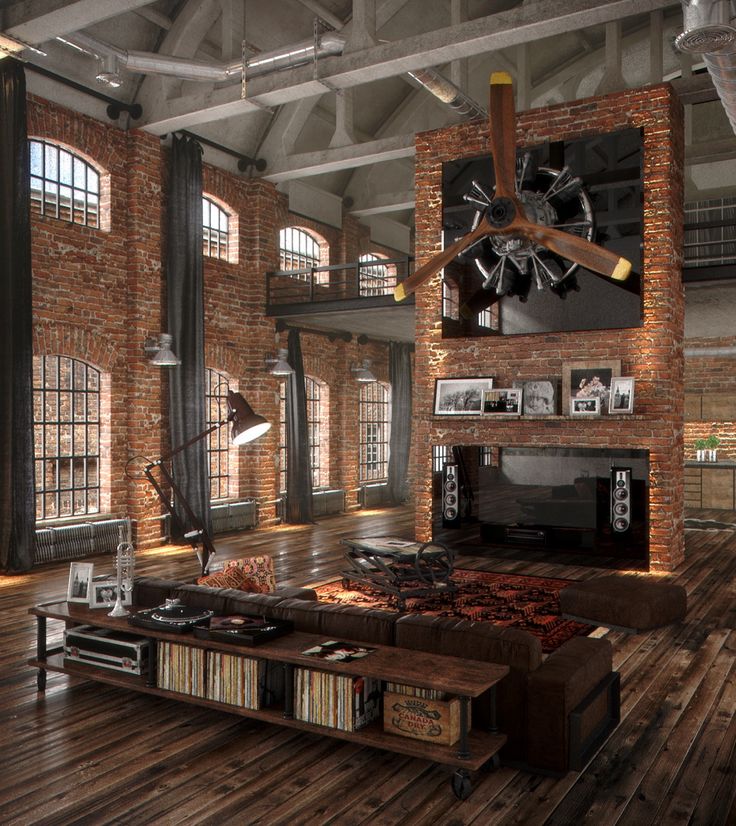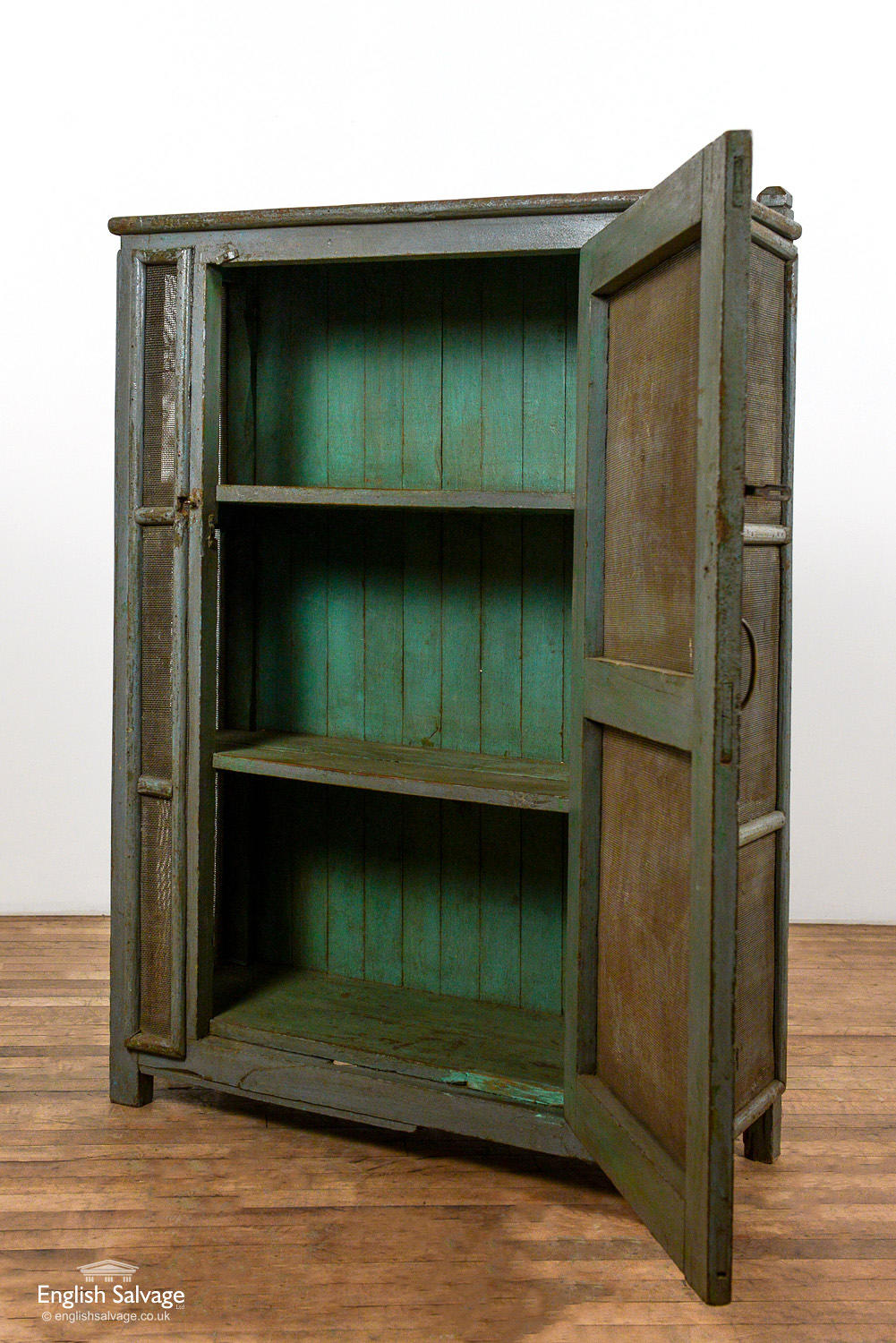Vintage style kitchen lighting is an elegant way to add character, warmth, and a touch of nostalgia to your cooking space. This type of lighting embraces designs from past eras, blending classic aesthetics with modern functionality. Whether you are renovating your kitchen or simply looking to enhance its ambiance, vintage lighting can provide the perfect solution. We will discuss various aspects of vintage style kitchen lighting, from design inspirations and types of fixtures to installation tips and maintenance.
Design Inspirations
Industrial Vintage
Industrial vintage lighting is characterized by its rugged, utilitarian appeal, often featuring exposed bulbs, metal finishes, and a focus on functionality. This style draws inspiration from old factories and warehouses, offering a blend of rustic charm and modern sophistication. Popular choices include pendant lights with metal shades, cage lights, and fixtures with a weathered patina.

Art Deco Elegance
Art Deco lighting, which peaked in popularity during the 1920s and 1930s, brings a touch of glamour and sophistication to any kitchen. This style is known for its bold geometric shapes, luxurious materials like chrome and glass, and intricate detailing. Chandeliers, wall sconces, and pendant lights featuring frosted glass, sleek lines, and mirrored finishes can enhance the vintage allure of your kitchen.
Mid-Century Modern
Mid-century modern lighting from the 1950s and 1960s is characterized by clean lines, organic shapes, and innovative materials. This style emphasizes simplicity and functionality, often incorporating wood, metal, and glass elements. Iconic fixtures such as starburst chandeliers, globe pendants, and sculptural table lamps can add a retro yet timeless appeal to your kitchen.

Farmhouse Vintage
Farmhouse vintage lighting evokes the charm of rural life, with a focus on practicality and rustic beauty. This style often features natural materials like wood and wrought iron, along with classic shapes and finishes. Think of lantern-style pendant lights, mason jar fixtures, and wrought iron chandeliers. These fixtures can add a cozy, inviting feel to your kitchen while maintaining a vintage aesthetic.
Victorian and Edwardian
Victorian and Edwardian lighting styles, popular in the late 19th and early 20th centuries, bring an opulent and ornate touch to vintage kitchen lighting. These fixtures often feature intricate details, such as brass or bronze finishes, crystal embellishments, and decorative motifs. Chandeliers, wall sconces, and table lamps with frosted or stained glass shades can add a touch of historical elegance to your kitchen.
Retro Diner
Retro diner lighting captures the vibrant and playful spirit of 1950s American diners. This style is characterized by bold colors, chrome finishes, and neon accents. Fixtures such as diner-style pendant lights, neon signs, and retro sconces can infuse your kitchen with a fun, nostalgic atmosphere. This style is perfect for creating a lively and cheerful kitchen environment.

Types of Vintage Kitchen Lighting Fixtures
Pendant Lights
Pendant lights are a versatile and popular choice for vintage kitchen lighting. They come in various shapes, sizes, and materials, making them suitable for different design styles. Pendant lights can be hung over kitchen islands, dining areas, or countertops to provide focused task lighting. Vintage-inspired pendant lights often feature glass shades, metal finishes, and exposed bulbs.
Chandeliers
Chandeliers are statement pieces that add elegance and sophistication to any kitchen. Vintage chandeliers can range from ornate Victorian designs with crystal accents to more understated mid-century modern styles. These fixtures are ideal for adding ambient lighting and a touch of luxury to dining areas or large kitchens with high ceilings.
Wall Sconces
Wall sconces are a practical and stylish option for adding vintage lighting to your kitchen. They can be used to illuminate specific areas, such as countertops, sinks, or seating areas. Vintage wall sconces often feature decorative details like brass or bronze finishes, frosted glass shades, and intricate metalwork. They provide both task and ambient lighting, enhancing the overall ambiance of the kitchen.

Ceiling Fixtures
Ceiling fixtures, such as flush mounts or semi-flush mounts, are a great option for kitchens with lower ceilings. Vintage ceiling fixtures often feature classic shapes, decorative glass shades, and metal finishes. These fixtures can provide general lighting for the entire kitchen, ensuring a well-lit and inviting space.
Under-Cabinet Lighting
Under-cabinet lighting is essential for providing task lighting in work areas like countertops and stovetops. Vintage-style under-cabinet lighting can include small pendant lights, strip lights, or puck lights with retro finishes. These fixtures ensure adequate lighting for cooking and food preparation while adding a touch of vintage charm to your kitchen.
Table and Floor Lamps
Table and floor lamps can add a cozy and intimate feel to your kitchen. Vintage-style lamps often feature decorative bases, fabric shades, and intricate details. These fixtures are perfect for adding ambient lighting to seating areas, breakfast nooks, or kitchen desks. They can also serve as decorative accents, enhancing the overall vintage aesthetic of your kitchen.

Choosing the Right Vintage Lighting for Your Kitchen
Assess Your Lighting Needs
Before selecting vintage lighting fixtures for your kitchen, assess your lighting needs. Consider the different tasks you perform in the kitchen and the areas that require focused lighting. Identify the need for ambient, task, and accent lighting. Understanding your lighting requirements will help you choose fixtures that provide adequate illumination and enhance the functionality of your kitchen.
Consider Your Kitchen’s Style
The style of your kitchen should influence your choice of vintage lighting fixtures. Ensure that the lighting complements the overall design and color scheme of your kitchen. For example, industrial vintage lighting works well in a modern farmhouse kitchen, while art deco fixtures can enhance a more elegant and sophisticated kitchen. Consider the existing elements in your kitchen, such as cabinetry, countertops, and flooring, when selecting lighting fixtures.
Choose the Right Size and Scale
The size and scale of your lighting fixtures are crucial to achieving a balanced and harmonious look. Ensure that the fixtures are proportionate to the size of your kitchen and the areas they will illuminate. For example, a large chandelier may overwhelm a small kitchen, while a tiny pendant light may not provide enough illumination for a large kitchen island. Measure the space and consider the fixture’s dimensions before making a purchase.

Mix and Match Styles
Mixing and matching different vintage lighting styles can add visual interest and depth to your kitchen. For example, combining industrial pendant lights with a farmhouse chandelier can create a unique and eclectic look. However, ensure that the different styles complement each other and the overall design of your kitchen. Use a unifying element, such as a common finish or color, to tie the different fixtures together.
Pay Attention to Finishes
The finish of your lighting fixtures can significantly impact the overall look and feel of your kitchen. Vintage lighting fixtures often come in finishes like brass, bronze, copper, and chrome. Choose finishes that complement the other elements in your kitchen, such as hardware, faucets, and appliances. Matching or coordinating finishes can create a cohesive and polished look.
Consider Energy Efficiency
While vintage lighting fixtures are primarily chosen for their aesthetic appeal, it’s essential to consider energy efficiency as well. Look for fixtures that are compatible with energy-efficient bulbs, such as LEDs. These bulbs consume less energy and have a longer lifespan than traditional incandescent bulbs. Incorporating energy-efficient lighting can reduce your energy consumption and lower your utility bills.

Installation Tips
Plan Your Lighting Layout
Before installing vintage lighting fixtures, plan your lighting layout carefully. Identify the areas that need illumination and determine the best placement for each fixture. Consider the height and spacing of the fixtures to ensure even and adequate lighting. Creating a detailed lighting plan can help you achieve a well-lit and visually appealing kitchen.
Hire a Professional Electrician
While DIY installation is possible, hiring a professional electrician is recommended for safety and efficiency. An electrician can ensure that the wiring is done correctly and that the fixtures are securely installed. They can also help with any necessary electrical upgrades, such as adding new circuits or outlets. Professional installation can provide peace of mind and ensure that your lighting fixtures function properly.
Consider Fixture Height
The height at which you hang your lighting fixtures can significantly impact their effectiveness and visual appeal. For pendant lights over kitchen islands or dining areas, ensure that the fixtures are hung at a height that provides adequate illumination without obstructing the view. A general guideline is to hang pendant lights 30-36 inches above the countertop. Adjust the height based on the specific needs and layout of your kitchen.

Ensure Adequate Spacing
Proper spacing of lighting fixtures is essential to achieve even and effective illumination. For pendant lights, ensure that there is enough space between each fixture to avoid overlapping light and shadows. A common recommendation is to space pendant lights 24-30 inches apart. For larger fixtures like chandeliers, consider the size of the fixture and the area it will illuminate to determine the appropriate spacing.
Use Dimmer Switches
Installing dimmer switches can enhance the functionality and ambiance of your vintage kitchen lighting. Dimmer switches allow you to adjust the brightness of the lights to suit different activities and moods. For example, you can dim the lights for a cozy dinner or increase the brightness for food preparation. Ensure that your lighting fixtures are compatible with dimmer switches before installation.
Test the Lighting
After installing your vintage lighting fixtures, test the lighting to ensure it provides adequate illumination and enhances the overall ambiance of your kitchen. Check for any issues such as flickering, uneven lighting, or shadows. Make any necessary adjustments to the fixture height, spacing, or bulb type to achieve the desired lighting effect. Testing the lighting can help you identify and address any issues before finalizing the installation.

Maintenance and Care
Regular Cleaning
Regular cleaning is essential to maintain the beauty and functionality of your vintage lighting fixtures. Dust and dirt can accumulate on the surfaces, diminishing the light output and visual appeal. Use a soft cloth or a duster to clean the fixtures regularly. For more thorough cleaning, use a mild detergent and water solution. Avoid using abrasive cleaners or scrubbers that can damage the finish.
Check for Wear and Damage
Periodically inspect your vintage lighting fixtures for signs of wear and damage. Check the wiring, bulbs, and shades for any issues that may affect the performance or safety of the fixtures. Address any problems promptly to prevent further damage and ensure the longevity of the fixtures. Regular inspections can help you identify and fix issues before they become significant problems.
Replace Bulbs as Needed
Replace the bulbs in your vintage lighting fixtures as needed to maintain optimal illumination. Use bulbs that are compatible with the fixture and provide the desired level of brightness and color temperature. Energy-efficient bulbs, such as LEDs, are recommended for their long lifespan and low energy consumption. Regularly replacing bulbs can ensure that your kitchen remains well-lit and inviting.
Maintain the Finish
The finish of your vintage lighting fixtures can wear over time, especially in a kitchen environment with moisture and heat. Maintain the finish by cleaning it regularly and using appropriate products to protect and restore the surface. For metal finishes, use a metal polish to remove tarnish and restore shine. For painted surfaces, touch up any chips or scratches with matching paint.
Address Electrical Issues
If you encounter any electrical issues with your vintage lighting fixtures, such as flickering lights or faulty wiring, address them promptly. Consult a professional electrician to diagnose and fix any electrical problems. Avoid attempting to fix electrical issues yourself, as improper handling can result in safety hazards. Regular maintenance and timely repairs can ensure the safe and efficient operation of your lighting fixtures.
Preserve Antique Fixtures
If you have antique lighting fixtures in your kitchen, take extra care to preserve their condition and value. Avoid using harsh chemicals or abrasive cleaners that can damage the fixtures. Handle antique fixtures with care, especially if they have delicate components like glass shades or intricate detailing. Consult with a professional if you need assistance with cleaning or restoring antique fixtures.

Integrating Vintage Lighting with Modern Technology
Smart Lighting Solutions
Integrating smart lighting solutions with vintage lighting fixtures can enhance the functionality and convenience of your kitchen. Smart bulbs and switches allow you to control the lighting remotely, set schedules, and adjust the brightness and color temperature. Choose smart lighting solutions that are compatible with your vintage fixtures to combine classic aesthetics with modern technology.
Energy-Efficient Bulbs
Using energy-efficient bulbs in your vintage lighting fixtures can reduce energy consumption and lower your utility bills. LEDs are an excellent choice for vintage fixtures, as they provide long-lasting illumination with minimal heat output. Ensure that the bulbs are compatible with the fixtures and provide the desired level of brightness and color temperature.
Wireless Control
Wireless control systems, such as remote controls or smartphone apps, can provide convenient and flexible control of your vintage kitchen lighting. These systems allow you to adjust the lighting without needing to access the switches physically. Wireless control can enhance the functionality of your kitchen lighting, making it easy to create the desired ambiance for different activities.
Dimmable Fixtures
Incorporating dimmable fixtures into your vintage lighting setup can provide greater flexibility and control over the lighting levels in your kitchen. Dimmable fixtures allow you to adjust the brightness to suit different tasks and moods. Ensure that the fixtures and bulbs are compatible with dimmer switches and provide a smooth and flicker-free dimming experience.
Motion Sensors
Motion sensors can enhance the convenience and energy efficiency of your vintage kitchen lighting. These sensors automatically turn the lights on and off based on movement, ensuring that the lights are only on when needed. Motion sensors can be particularly useful in areas like pantry closets or under-cabinet lighting, where manual switching may be less convenient.
Voice Control
Voice control systems, such as those compatible with virtual assistants like Alexa or Google Assistant, can provide hands-free control of your vintage kitchen lighting. Voice commands allow you to adjust the lighting without needing to access switches or remote controls physically. Integrating voice control can enhance the convenience and modernity of your vintage lighting setup.

Overlooking Scale and Proportion
A common mistake is overlooking the scale and proportion of the lighting fixtures to the kitchen space. Ensure that the fixtures are appropriately sized to avoid overwhelming or underwhelming the area. Consider the dimensions of your kitchen and the height of your ceilings when selecting fixtures.
Ignoring the Kitchen’s Overall Style
Choosing lighting fixtures that clash with the kitchen’s overall style can result in a disjointed and uncoordinated look. Ensure that the vintage lighting complements the existing design elements, such as cabinetry, countertops, and flooring. A cohesive design approach enhances the visual appeal and harmony of the space.
Insufficient Lighting
Another common mistake is not providing sufficient lighting for the kitchen’s needs. Consider the different types of lighting required, including ambient, task, and accent lighting. Ensure that the fixtures provide adequate illumination for all areas and activities within the kitchen.
Improper Installation
Improper installation of lighting fixtures can lead to safety hazards and reduced functionality. Hiring a professional electrician ensures that the fixtures are installed correctly and safely. Avoid attempting DIY installation if you lack the necessary skills and experience.
Neglecting Maintenance
Neglecting regular maintenance and care can lead to decreased performance and a shorter lifespan for your lighting fixtures. Clean the fixtures regularly, replace bulbs as needed, and address any wear or damage promptly. Proper maintenance ensures that your vintage lighting remains functional and visually appealing.
Focusing Solely on Aesthetics
While aesthetics are important, focusing solely on the visual appeal of the lighting fixtures can result in impractical choices. Ensure that the fixtures also provide the necessary functionality and meet the kitchen’s lighting needs. A balance between aesthetics and functionality is essential for a well-designed kitchen lighting setup.

What are some popular vintage lighting styles for kitchens?
Popular vintage lighting styles for kitchens include industrial vintage, art deco, mid-century modern, farmhouse vintage, Victorian and Edwardian, and retro diner. Each style offers unique design elements and can enhance the overall ambiance of the kitchen.
How do I choose the right vintage lighting fixtures for my kitchen?
To choose the right vintage lighting fixtures, assess your lighting needs, consider your kitchen’s style, choose fixtures of appropriate size and scale, mix and match styles, pay attention to finishes, and consider energy efficiency. These factors can help you select fixtures that enhance both the functionality and aesthetics of your kitchen.
Can I integrate modern technology with vintage lighting fixtures?
Yes, you can integrate modern technology with vintage lighting fixtures. Consider smart lighting solutions, energy-efficient bulbs, wireless control systems, dimmable fixtures, motion sensors, and voice control. These technologies can enhance the convenience, functionality, and energy efficiency of your vintage lighting setup.

What should I consider when installing vintage lighting fixtures?
When installing vintage lighting fixtures, plan your lighting layout, hire a professional electrician, consider fixture height and spacing, use dimmer switches, and test the lighting. Proper installation ensures safe and effective illumination and enhances the overall ambiance of your kitchen.
How do I maintain and care for vintage lighting fixtures?
To maintain and care for vintage lighting fixtures, clean them regularly, check for wear and damage, replace bulbs as needed, maintain the finish, address electrical issues promptly, and preserve antique fixtures with care. Regular maintenance ensures the longevity and visual appeal of your lighting fixtures.
What are some common mistakes to avoid with vintage kitchen lighting?
Common mistakes to avoid include overlooking scale and proportion, ignoring the kitchen’s overall style, providing insufficient lighting, improper installation, neglecting maintenance, and focusing solely on aesthetics. Avoiding these mistakes ensures a well-designed and functional vintage kitchen lighting setup.

Related Posts:
- Kitchen Task Lighting Fixtures
- Portable Kitchen Lighting
- Blown Glass Kitchen Lighting
- Kitchen Lighting Layout Calculator
- Kitchen Island Light Height
- Light Orange Kitchen
- Replace Drop Ceiling Kitchen Lighting
- Over The Table Light Fixture Kitchen
- Country Style Kitchen Light Fixtures
- Cottage Kitchen Lighting Ideas